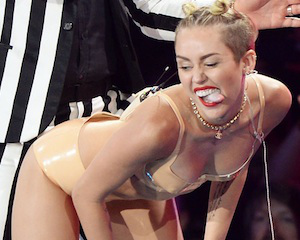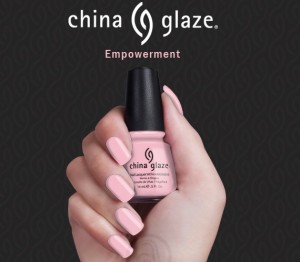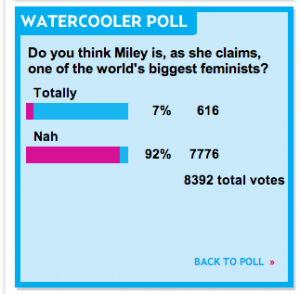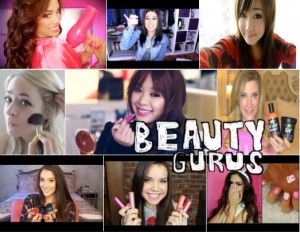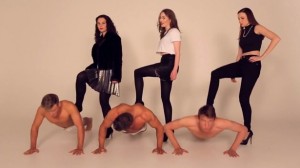Is refusing to wear a corset really breaking news in 2016? As multiple news, fashion, and entertainment sites have discussed over the past week, Emma Watson, the actress playing Belle in Disney’s live-action remake of Beauty and the Beast, will not be wearing a corset in the film. Articles covering this phenomenon state that Watson worked closely with costume designer Jacqueline Durran to recreate Belle’s iconic yellow gown to be “light” with a “lots of movement” because Belle is being reinterpreted as an “active princess.” The dress does hide a cage underneath layers of silk, satin, and organza, and Watson is wearing high-heels, but apparently these features of the dress will not impede the new Belle’s activity level.
Masking the absence of corsets as a major coup for gender equality is like hiding a wolf (or should we say beast?) in sheep’s clothing. It gives the illusions of progress, and generates praise and profits for Disney, without changing anything. Girl’s are already active; their participation in sports is at an all time high. Let’s keep encouraging female physicality. But we really need to stop insisting girls and women look hot while running, dancing, or or leading the free world.
Another major news story this week, at least according to our facebook feeds, is the “huge” decision Victoria’s Secret made regarding their 2016 fashion show. The models will be “embracing” their natural hair. Strangely, Victoria’s Secret’s vision of natural hair doesn’t actually involve letting hair remain natural. Models’ natural texture will be “enhanced” (read: styled) by professionals using a host of products and appliances. But in what is being reported as a major break from the past, every model’s hair will not look exactly the same.
It’s not that refusing corsets or presenting more than one hairstyle isn’t a step forward. But it’s ridiculous to call these decisions a momentous move toward a more inclusive beauty standard. If we’re going to cover this, let’s call it what it is: the teeniest, tiniest tip-toe toward progress.
Victoria’s Secret got the message that they shouldn’t dress white models in racially offensive costumes to sell bras. The lingerie corporation has been featuring more black and brown models in recent years. But skin color is the only way these women deviate from the standard lingerie model “look,” making Victoria’s Secret about as progressive as the Miss World pageant. At least at Miss World the contestants are permitted to talk and wear clothes.
Sustainable social change is often incremental. It doesn’t ever happen as quickly as the people demanding it want. It is partial and provokes backlash. But there’s incremental advancement and then there is recasting the most diminutive wobble toward progress as “making history.” Let’s not reward corporations for exchanging the pink bow on the same old narrowly restrictive beauty standards for a blue one.
Some might see looking to Disney or Victoria’s Secret to model a more inclusive gender or beauty ideal as a lost cause. Both are giant corporations, in the business of selling stuff and generating profits. Unless it leads to more money, they don’t have an incentive to challenge the status quo regarding gender stereotypes or cultural beauty standards.
But Disney and Victoria’s Secret are big business. The Beauty and the Beast trailer was viewed 127.6 million times in 1 day, making it the most watched trailer in a 24 hour period. The Victoria’s Secret Fashion Show will be broadcast to 800 million viewers in 190 countries on December 5. On the off chance either wants to put their money where their mouth is and “embrace” some real diversity or approach any type of action that could semi-reasonably be referred to as “making history,” here are a few suggestions for Victoria’s Secret:
- Use a range of models with a variety of body types that average out to the height and weight of the average US woman.
- Put on a fashion show in which none of the models have had cosmetic surgery.
And for Disney:
- Make a movie with Emma Watson (who has proved her feminist bona fides on numerous occasions) that isn’t called “Beauty and the Beast.”
- Cast a Belle who isn’t white, thin, and perfectly in line with conventional beauty standards. Unlikely, we know, but in a world where candlesticks and teacups can talk anything is possible.
- Clarify what it means for a princess to be “active” (hint: it should involve more than not being a passive damsel in distress). Then make sure this active role model isn’t half the size of her male counterparts.
Let’s stop spreading the pseudo-progressive message that girls can do anything they want as long as they stay thin, tiny, and beautiful while doing it. Until Disney, Victoria’s Secret, or other corporations are interested in making meaningful changes that lead to more inclusive gender and beauty ideals, let’s hold off on all the “celebrating” and “embracing.”
Alexa Trumpy is an Assistant Professor of Sociology at St. Norbert College. She studies gender and social movements. Marissa Elliott is an undergraduate student at St. Norbert College. She is double majoring in sociology and psychology and plans to attend graduate school.

